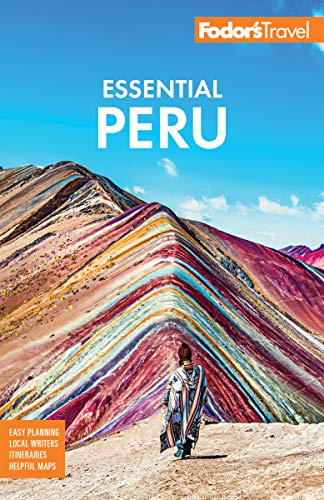Puno doesn't win any beauty pageants—brown, unfinished, concrete homes, old paved roads, and dusty barren hills have dominated the landscape for years. It's a sharp contrast to Puno's immediate neighbor, Lake Titicaca. Some people arrive in town and scram to find a trip on the lake, but don't let the dreary look of Puno stop you from exploring its shores; it's considered Peru's folklore capital.
Puno retains traits of the Aymara, Quechua, and Spanish cultures that settled on the northwestern shores of the lake. Their influence is evident in the art, music, dance, and dress of today's inhabitants, who call themselves Children of the Sacred Lake. Much of the city's character comes from the continuation of ancient traditions—at least once a month, a parade or a festival celebrates some recent or historic event.
A huge contrast to the constant barrage of people trying to sell you things in Cusco's Plaza de Armas, the city and main plaza of Puno exist for the local residents. Although the number of hotels and restaurants that really cater to the tastes of foreign travelers is growing, it is doing so quite slowly. If you are in the city, stick to the Plaza de Armas and the pedestrian-only streets such as Avenida Lima, avoid the lakeshore, and take taxis after dark.





